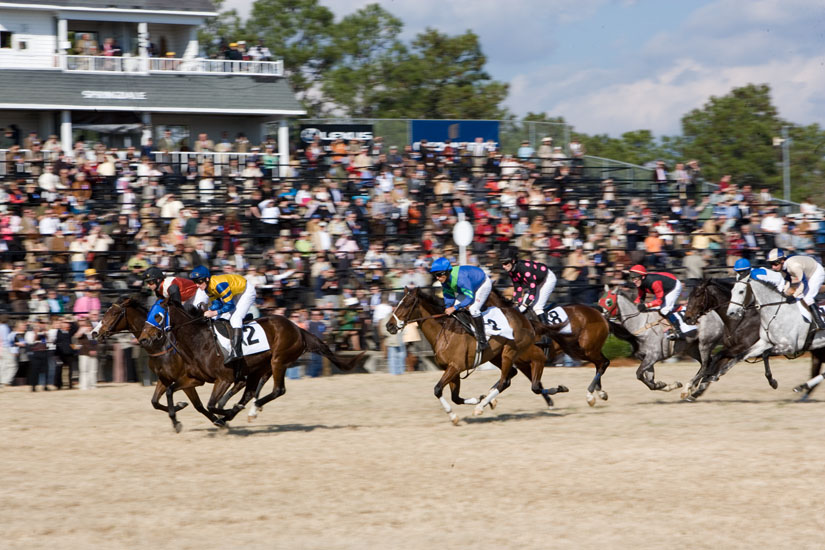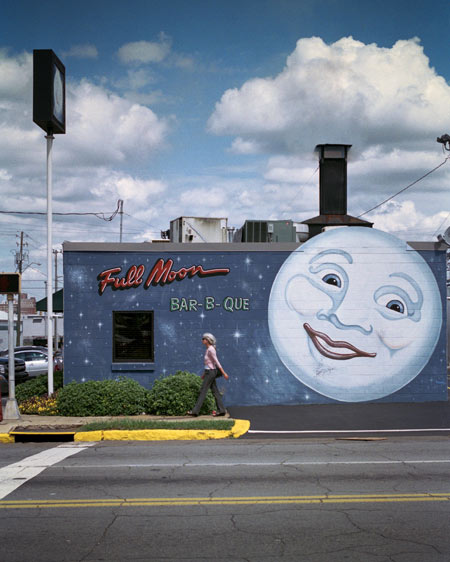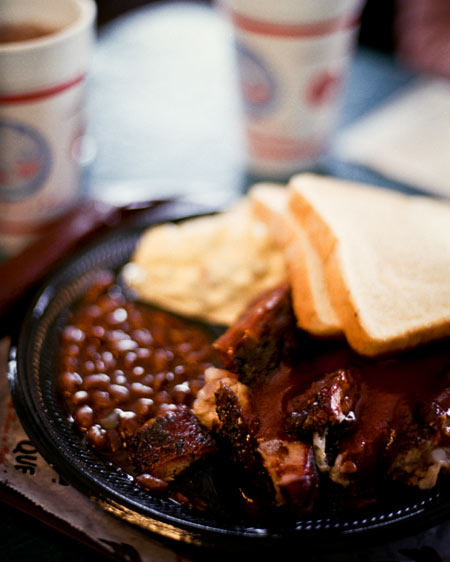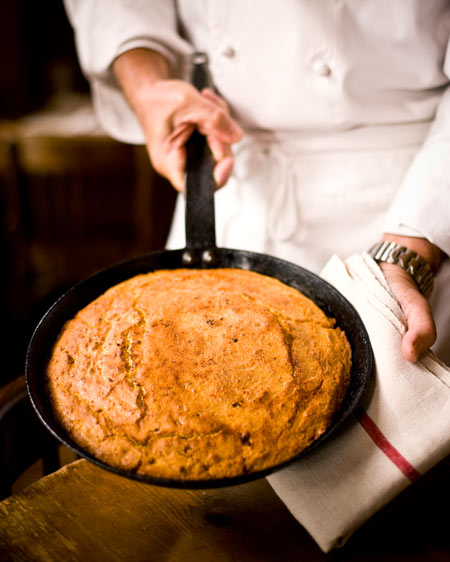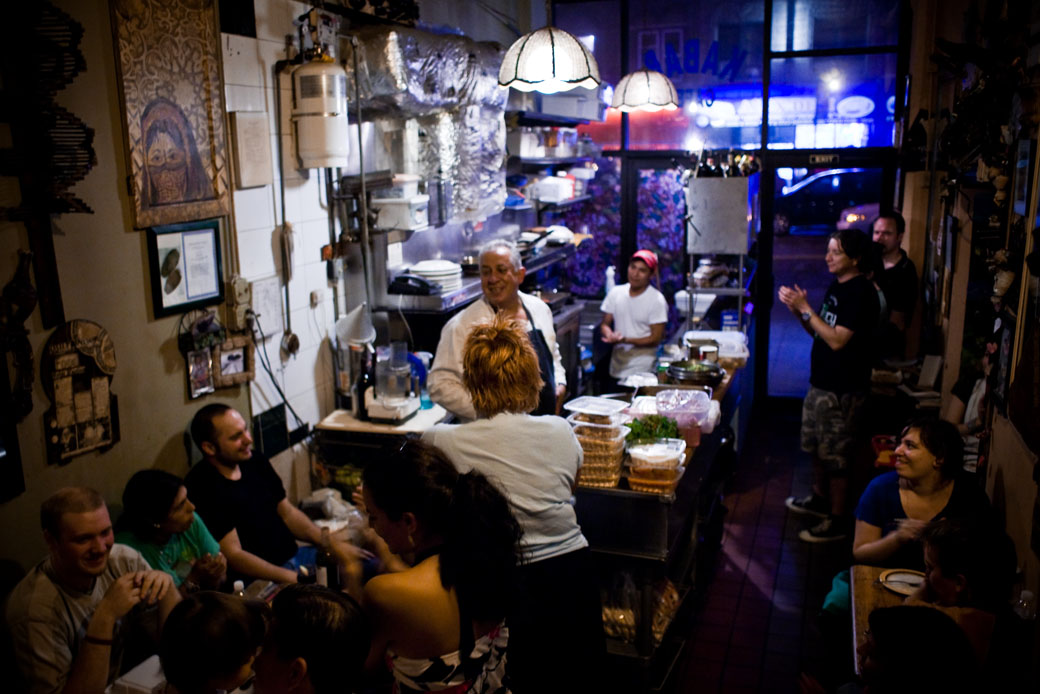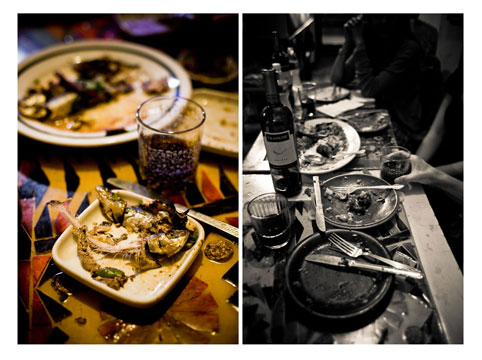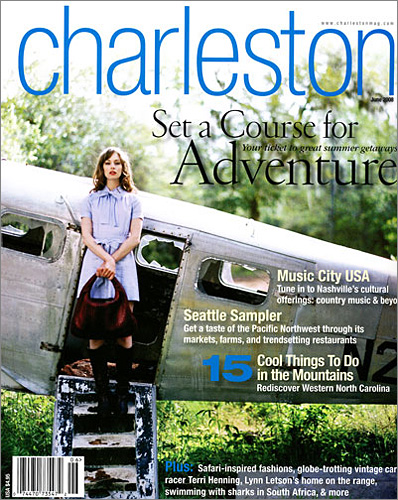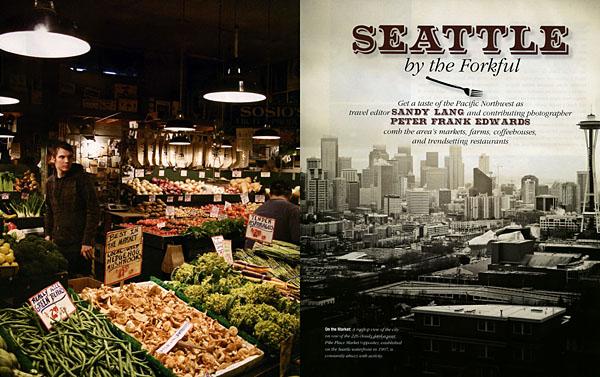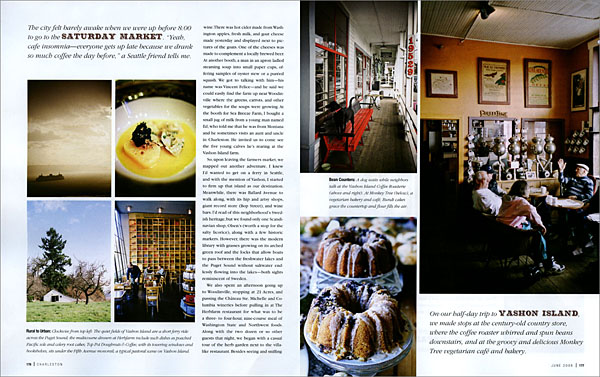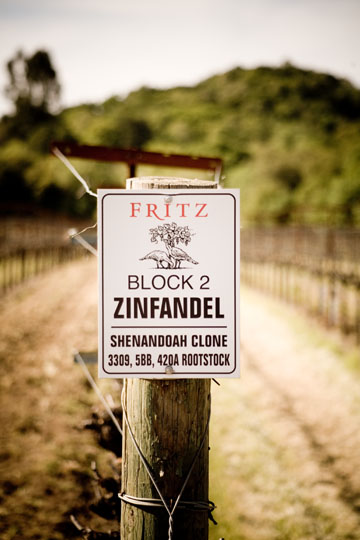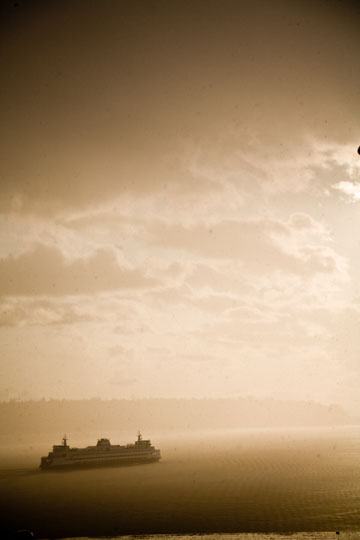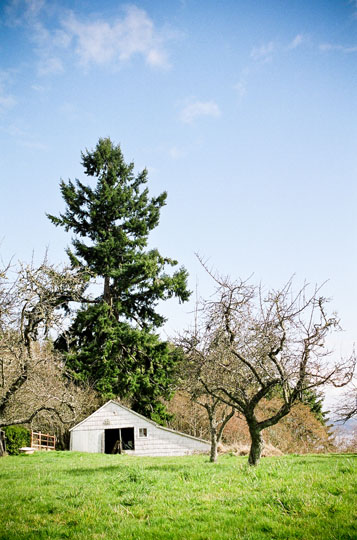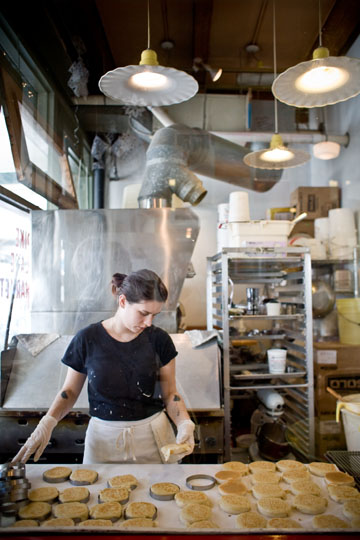Wispy-slender jockeys sit high in saddles wearing jerseys of purple and cream, or pink polka-dots, or stripes of aqua and teal. Horses with coats of tan, black and smoke gather at the starting line-up on the grassy track. They quiver, some rearing back, snorting.
All of this, and a bugle sounding, and an announcer’s voice cracking through the tall pines that shade the paddock and grandstands at the Springdale Race Track in Camden. Everything is sharp and vivid, and we are wearing the proper ribbons to give us all of the access to the track and grounds that we’d like. (A privilege you must pay for, or be working to get.)
Let the races begin.
“It will be different than the hazy infield crush you remember from back in college,” we’d been told by a man we’d met the night before at the Crescent Grille, a restaurant in an old bank building on Camden’s Broad Street. (This friendly man in a blue sport coat had, like us, been dipping chunks of hot fried okra into a the spicy sauce that chef Jamie Hecker had brought out for the happy hour crowd. We got to talking, and I mentioned that in the late 1980s I’d borrowed a linen dress and gone to the spring steeplechase races in Camden – the Carolina Cup – with two carloads of college friends. I remember wandering off and catching glimpses of one race beyond the fenceline, but that day was mostly about the tailgating – the food, drink and socializing in the enormous sea of the infield crowd.) “The Colonial Cup is a quieter day, less crowded,” our new Camden friend told us. “You’ll actually see horses this time.”
He was right. On the clear-bright Sunday of the steeplechase races there were eight events including the Colonial Cup with the $150,000 purse. And we saw them all…
This is the first few paragraphs of a travel story I’ve got in the latest issue of G Magazine, a fine new magazine about people, place and culture in Greenville, South Carolina. This piece was about a road trip to one of South Carolina’s horsiest towns, Camden, and was my second or third feature to be published in the magazine.
For this issue (September-October 2008), I also had the opportunity to work with the G staff on a fashion shoot by PFE Photo. Peter Frank shot the piece at the 19th century Hagood Mill & Folklife Center in the mountains and farmland of Pickens County. We shot in the summer, but it was a perfect location for a fall-themed shoot with an old grits mill, cabins, a creek and forest paths. (I helped with props and general production.) One of his images is the cover shot for the G issue, with 16 more pages from the shoot inside.
– September 2008, Sandy Lang
